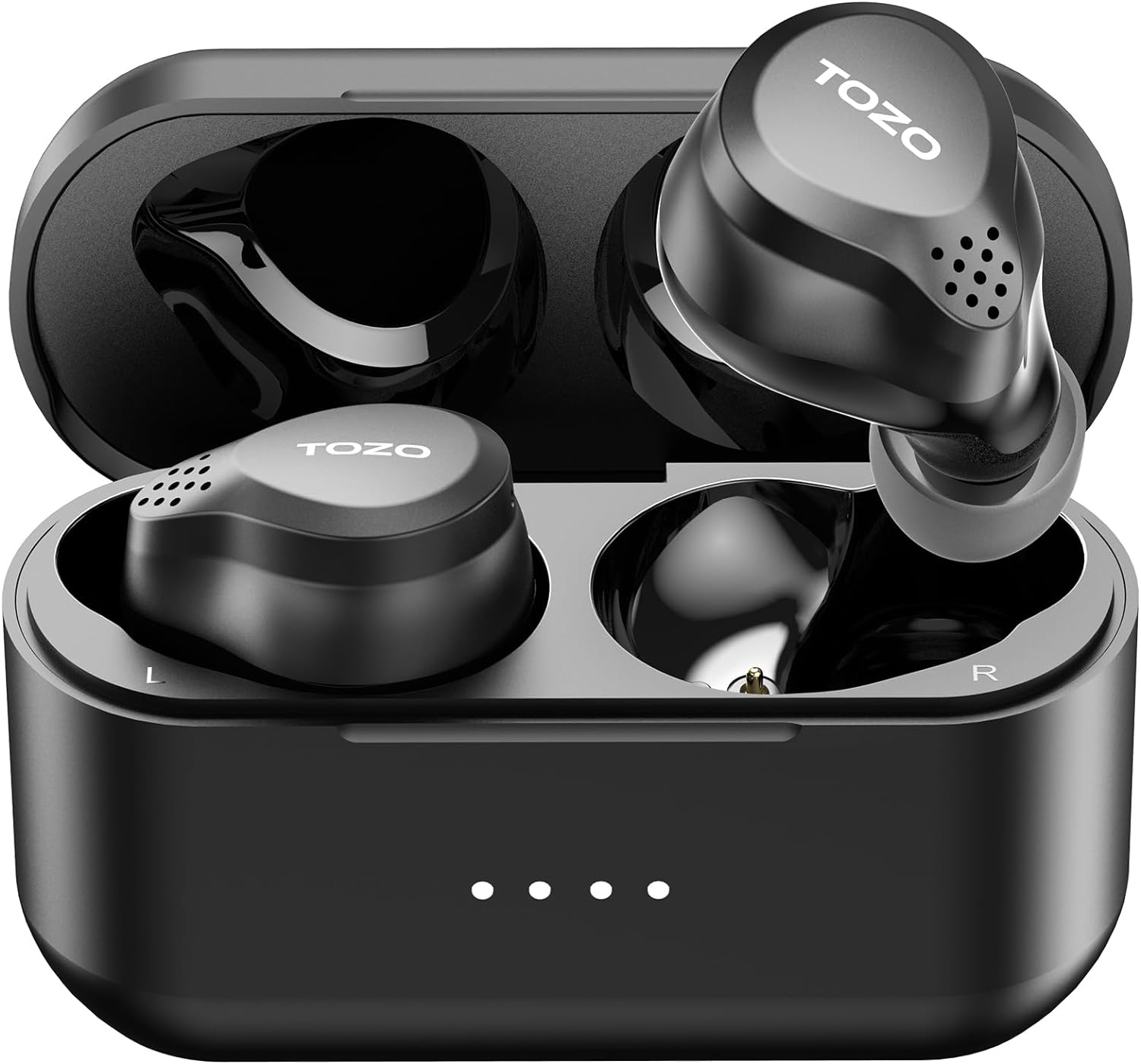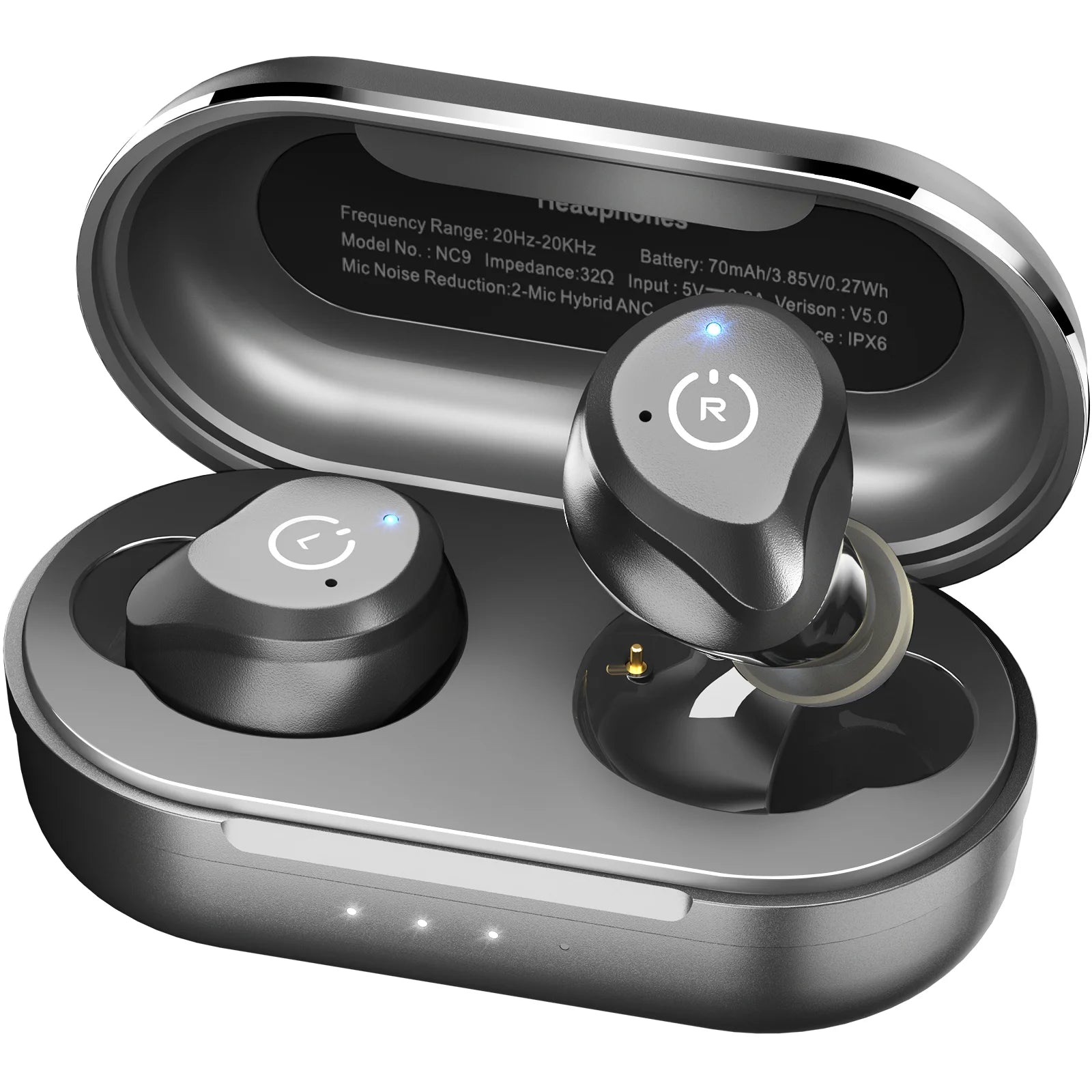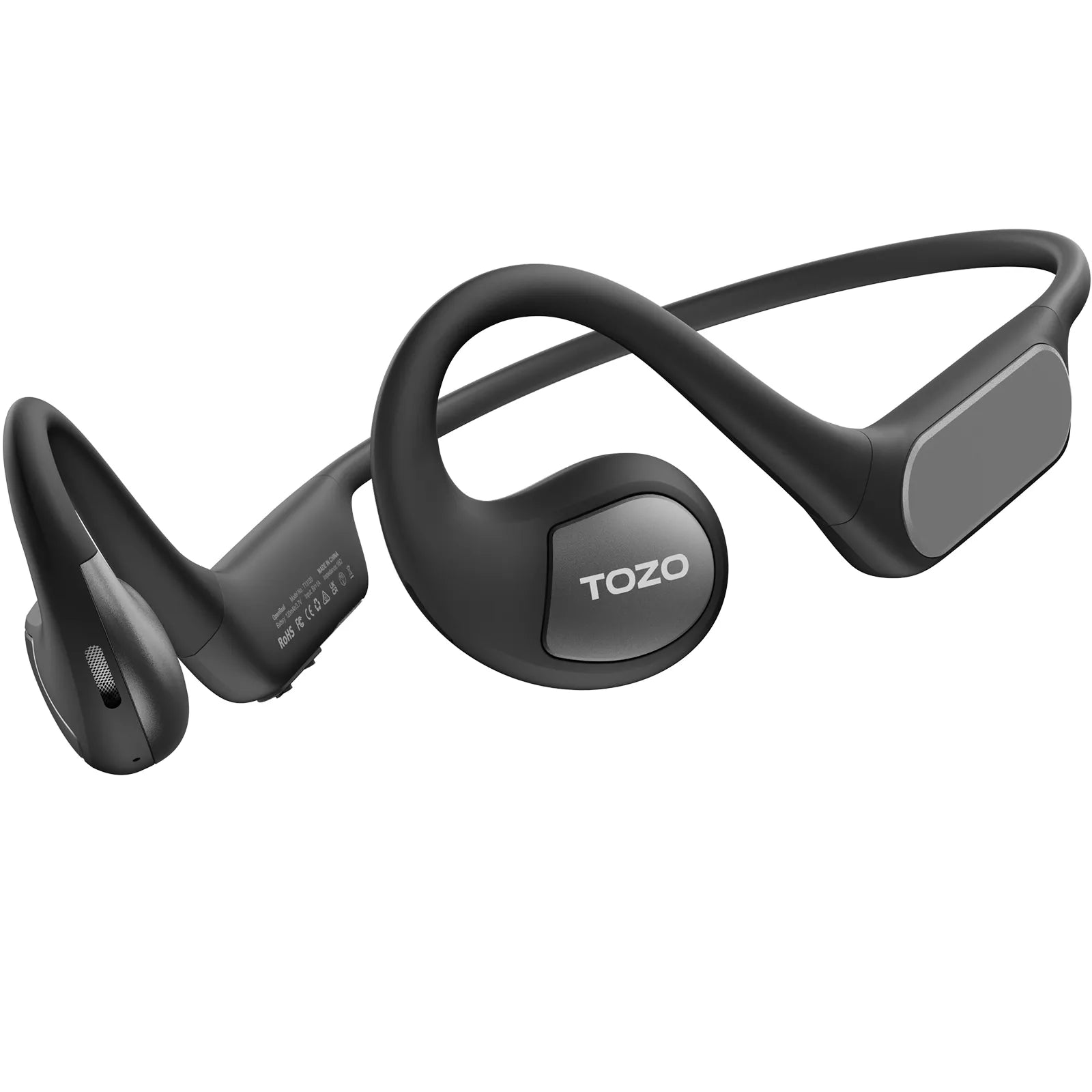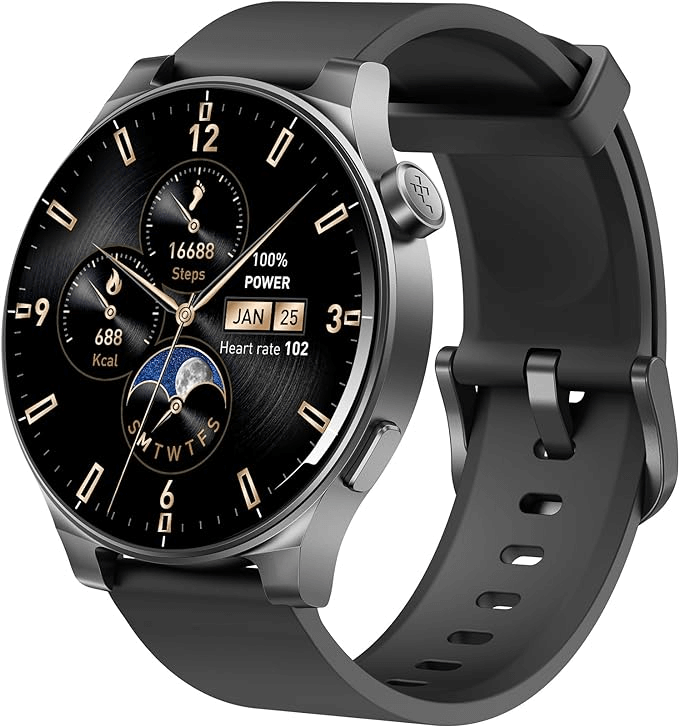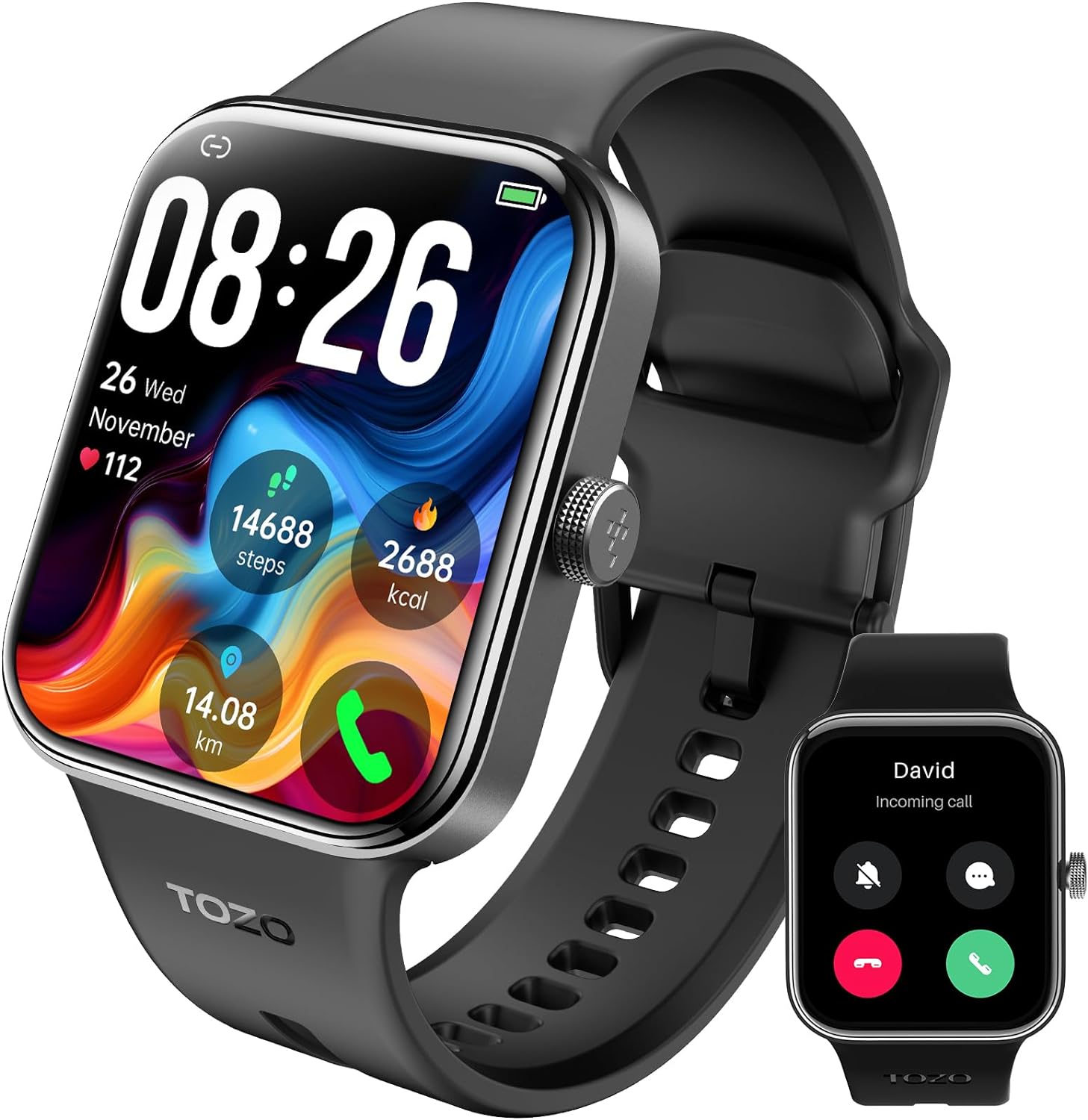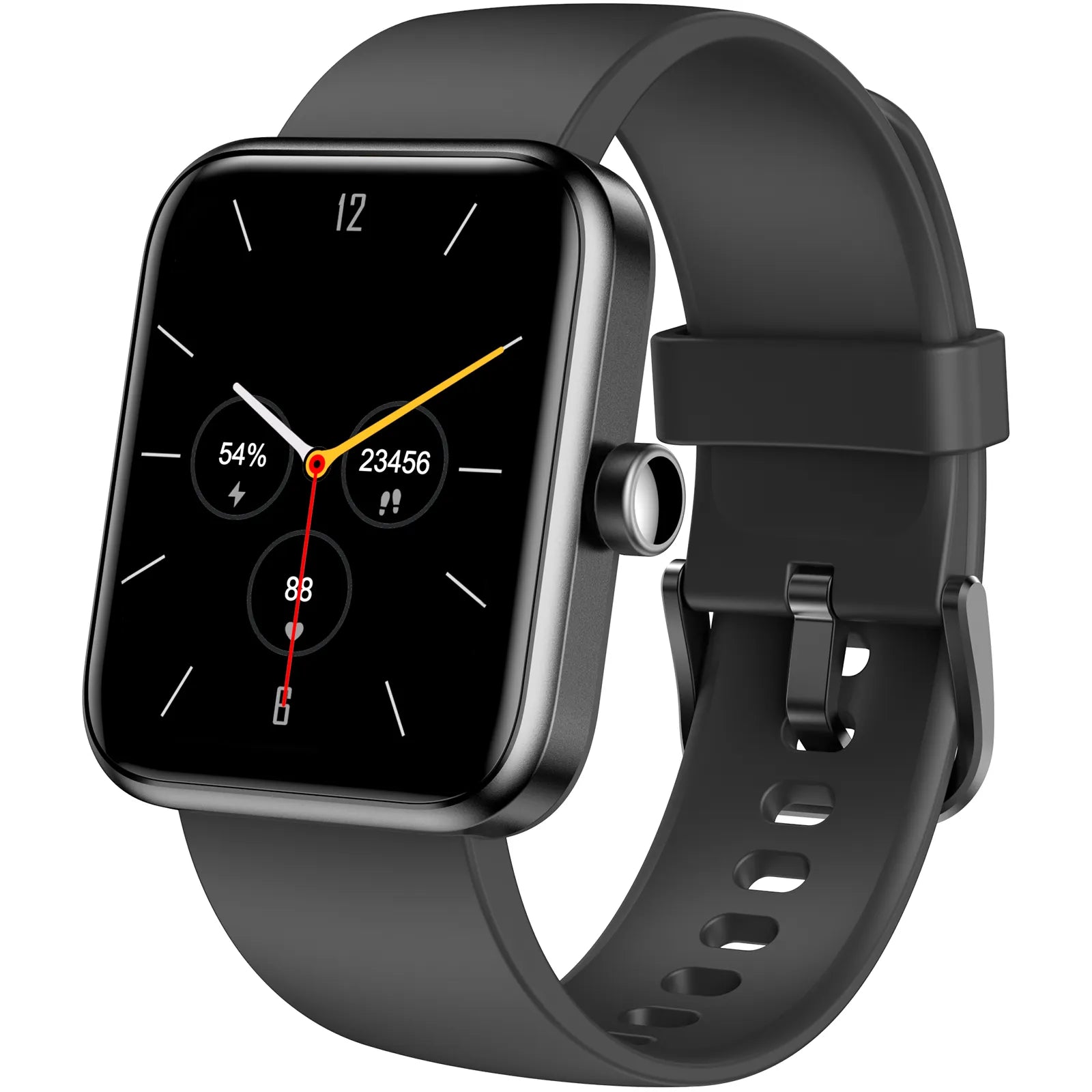In this blog article, we’re going to focus on the definition of frequency response with regard to headphones, and its effects on the listening experience.
What is Frequency Response?
To begin with, it’s important to note that in the realm of audio, one term we often come across is “frequency response” – and this is a critical element that can significantly influence one’s listening experience, notably in the realm of headphones.
FR refers to the ability of headphones to reproduce a certain range of audio frequencies, contributing to their capacity to deliver accurate sound reproduction.
What is Frequency?
Frequency measures how effectively and accurately speakers or headphones reproduce treble, midrange, and bass frequencies found in music. It is measured in Hertz (Hz).
- Bass Frequencies: Low-end frequencies (20Hz to 300Hz) provide depth and thump.
- Midrange Frequencies: Midrange (300Hz to 4kHz) represents voices and instruments.
- Treble Frequencies: High-end frequencies (4kHz to 20kHz) add crispness and sparkle.

How Does Frequency Response Affect the Listening Experience?
Frequency response impacts the tonal qualities of instruments and overall sound quality. Non-linear responses can alter music perception, affecting fundamental frequencies and harmonic content.
What is a “Good” Frequency Response?
A good FR for headphones is generally 20Hz to 20,000Hz with minimal variation (+/- 3dB). This ensures accurate reproduction of the audible spectrum.
Factors That Affect Frequency Response
- Driver Size and Type: Larger drivers produce deeper bass; balanced armature drivers excel in detail and high frequencies.
- Diaphragm Material: Materials like bio-cellulose or beryllium influence sound quality.
- Enclosure Design: Proper housing minimizes unwanted resonances.
- Acoustic Tuning: Adjusting the frequency response creates tailored sound signatures.
Choosing Headphones with Optimal Frequency Response
When selecting headphones, consider your preferences:
- Bass-Heavy Music: Look for headphones with excellent low-frequency response.
- Detailed/Clear Music: Choose headphones with strong high-frequency response.
- Balanced Sound: Opt for headphones with a neutral response.

Recommended TOZO Headphones
Some highly-regarded TOZO headphone models include:
- Golden X1: Wireless earbuds with balanced armature and hybrid dynamic drivers.
- HT2: Hybrid noise-cancelling wireless headphones with adaptive active noise cancelling.
- OpenEgo: True wireless open-ear headphones.
- T6: True wireless IPX8 waterproof earbuds.























